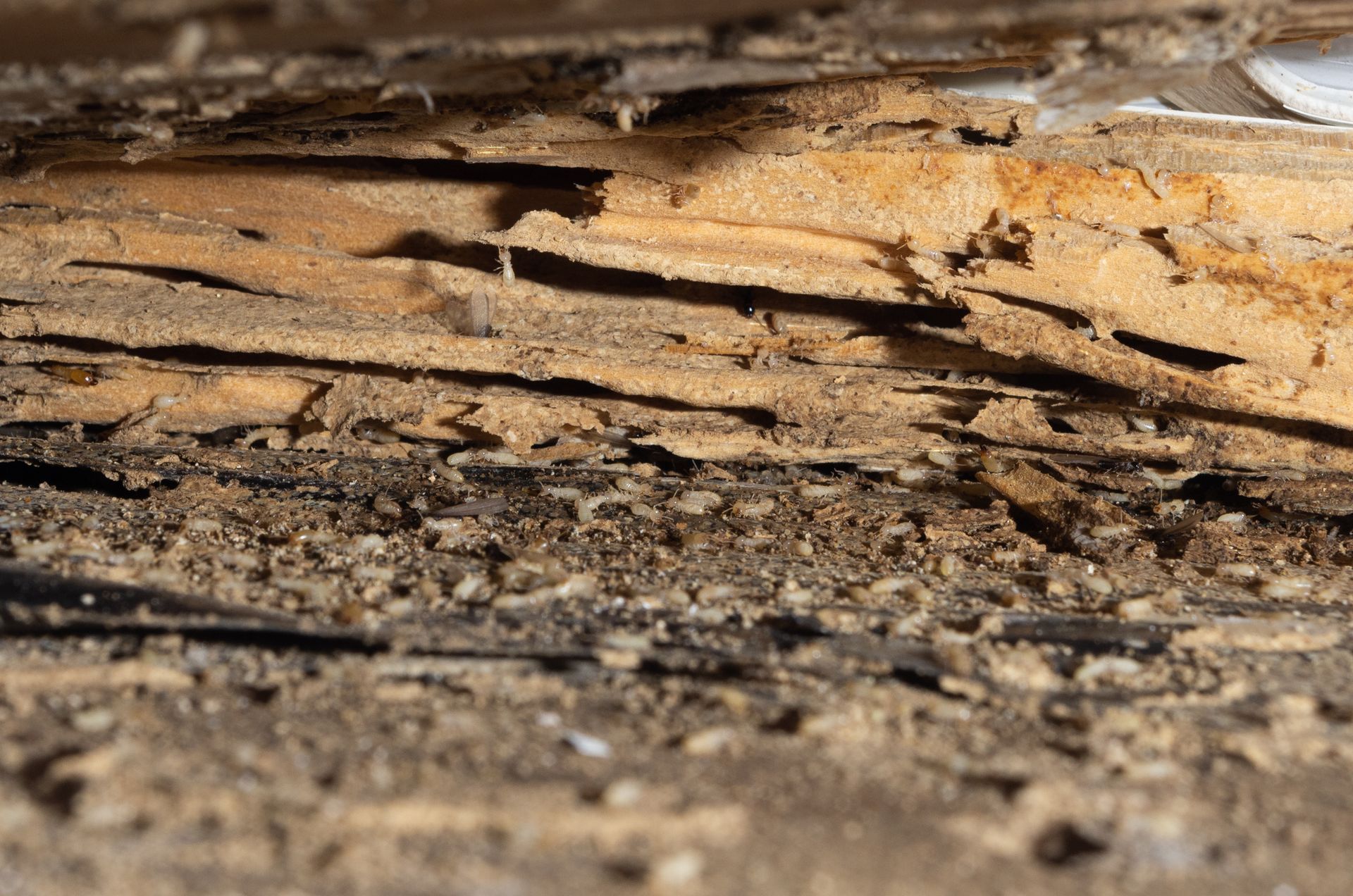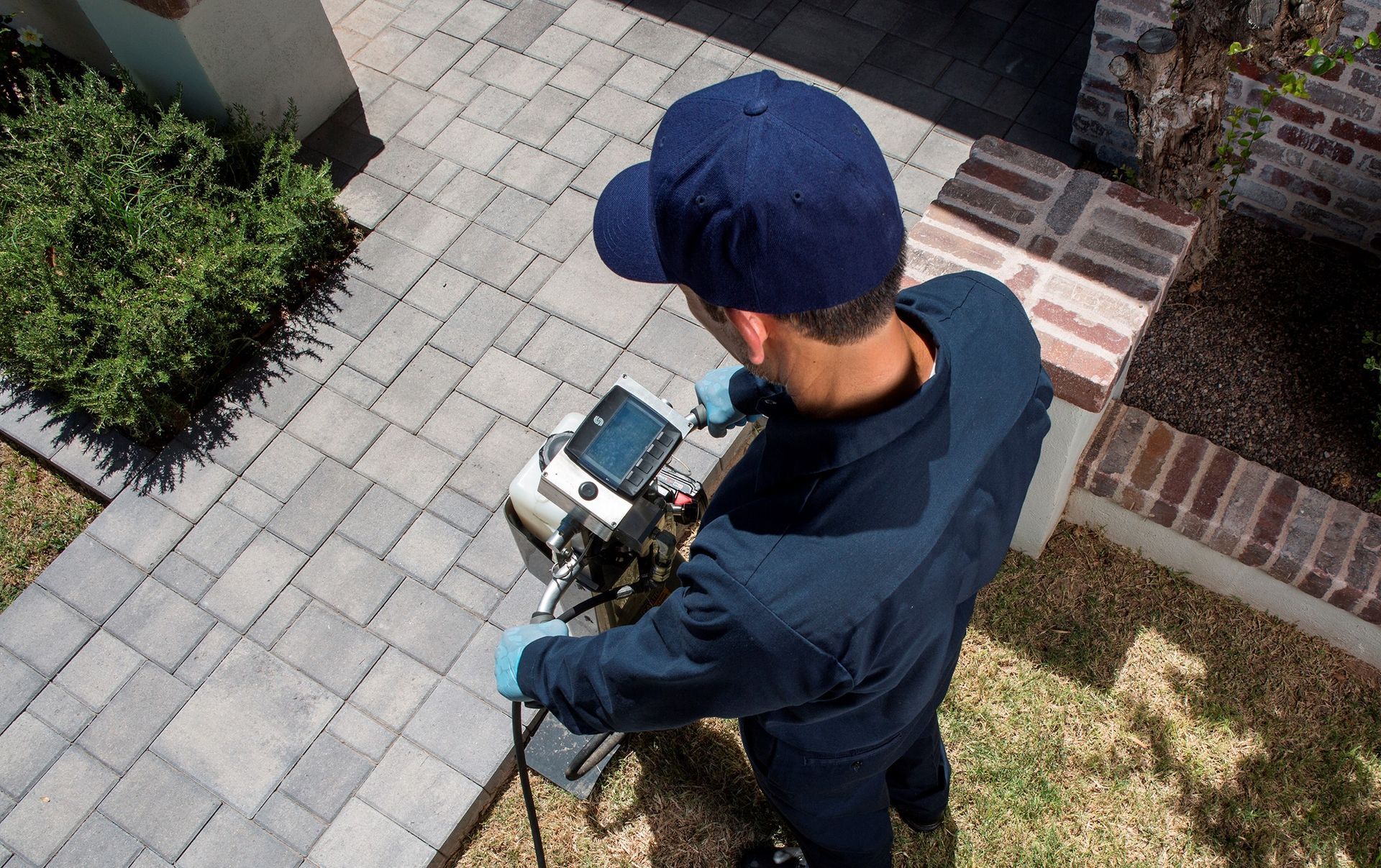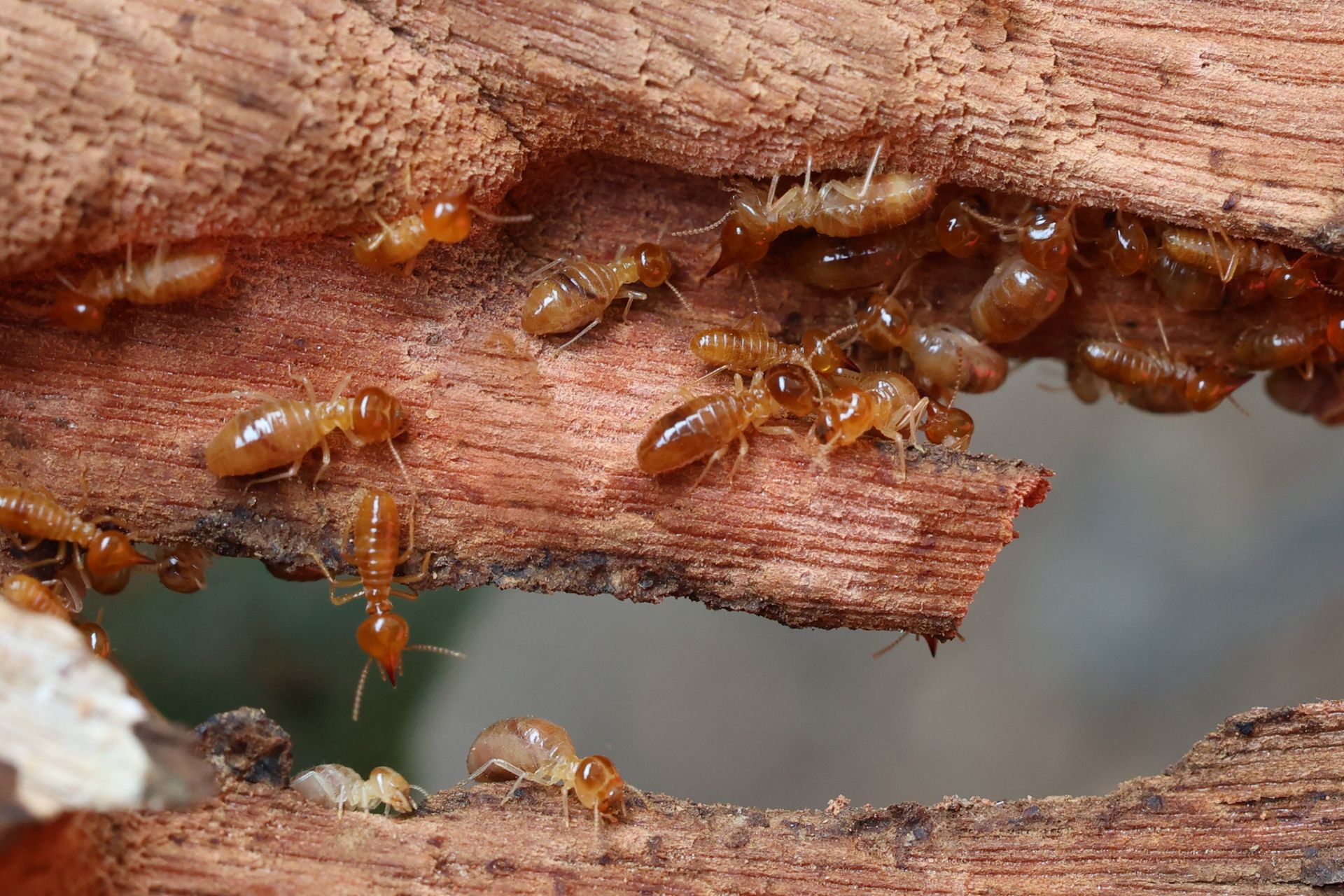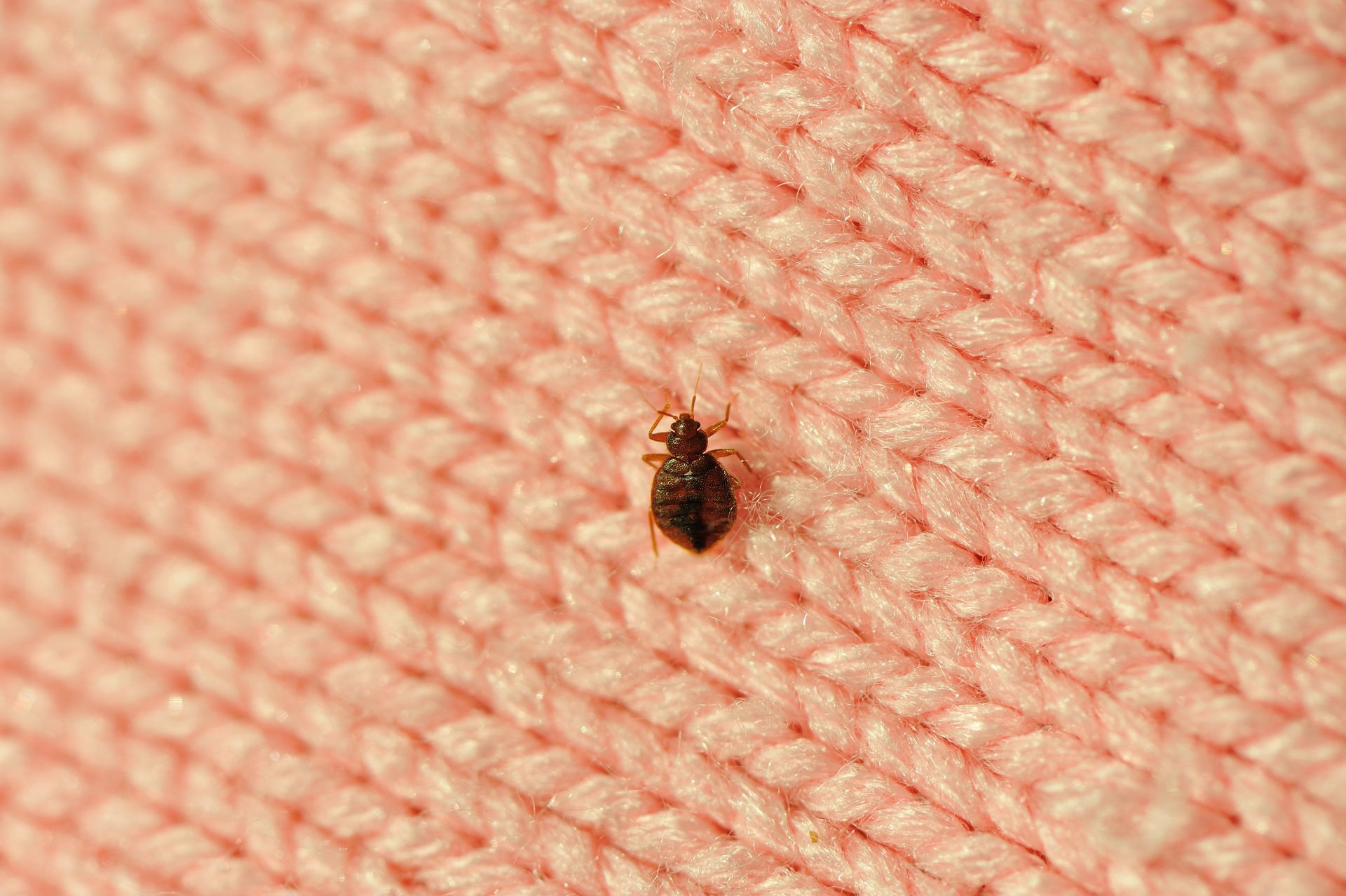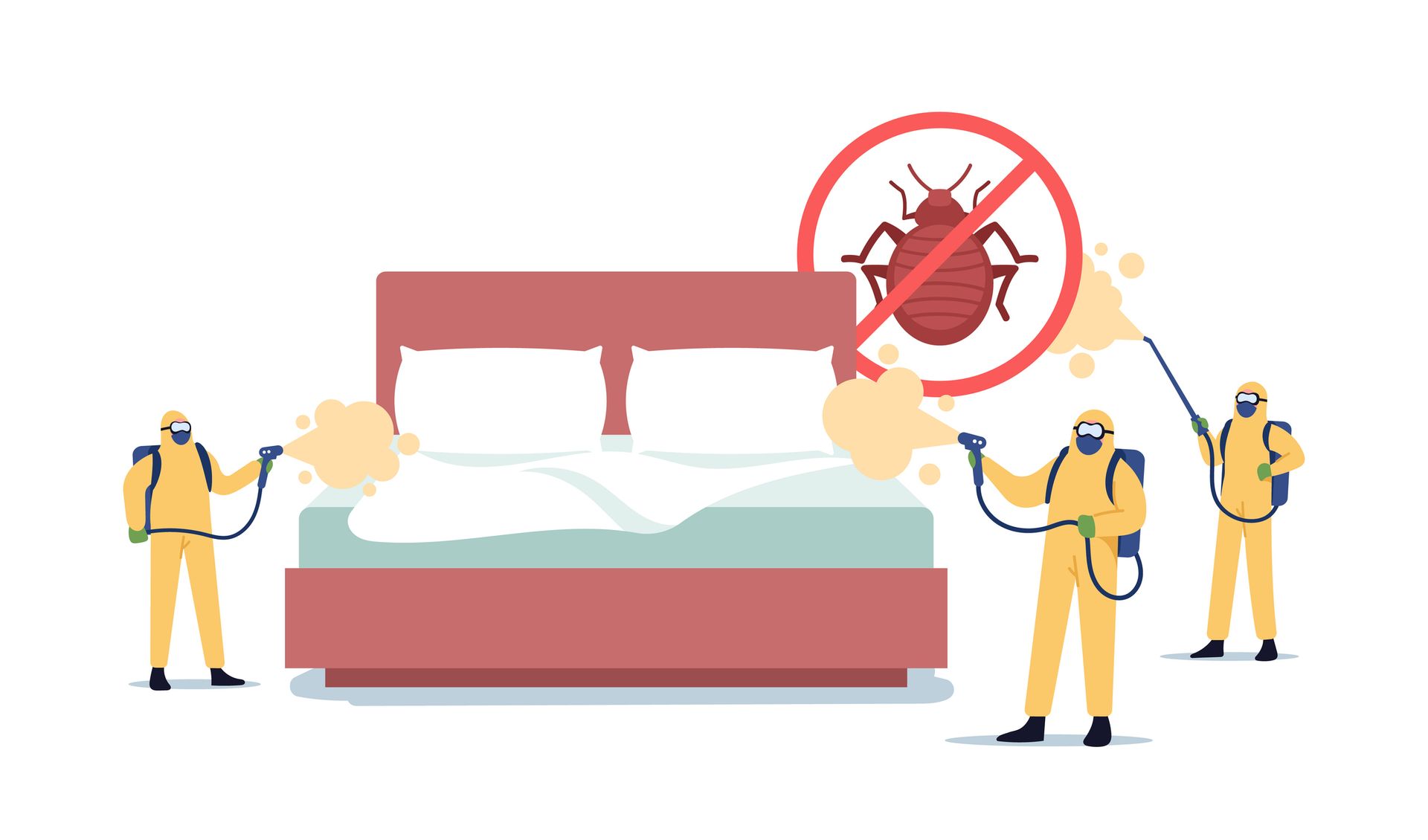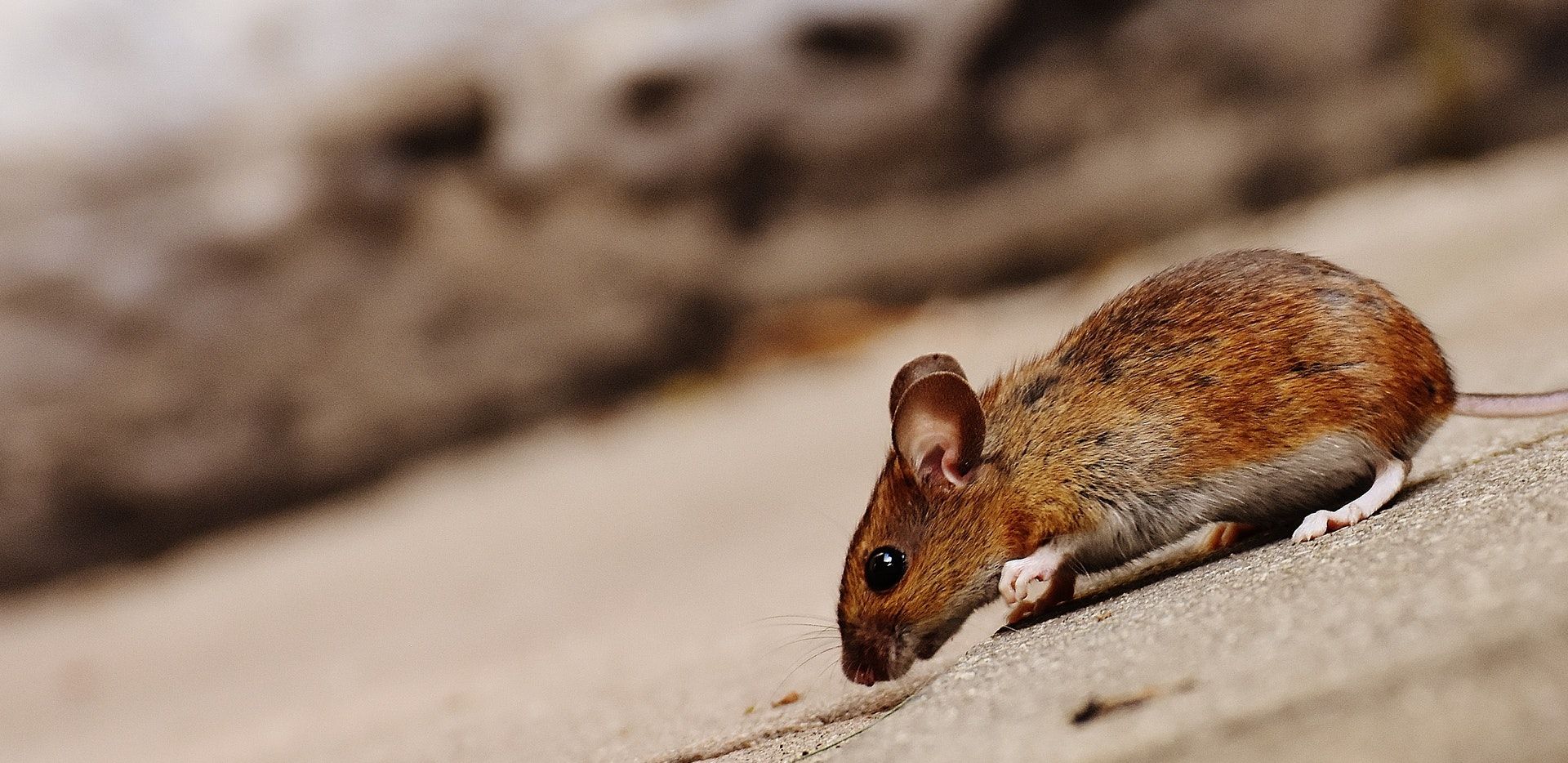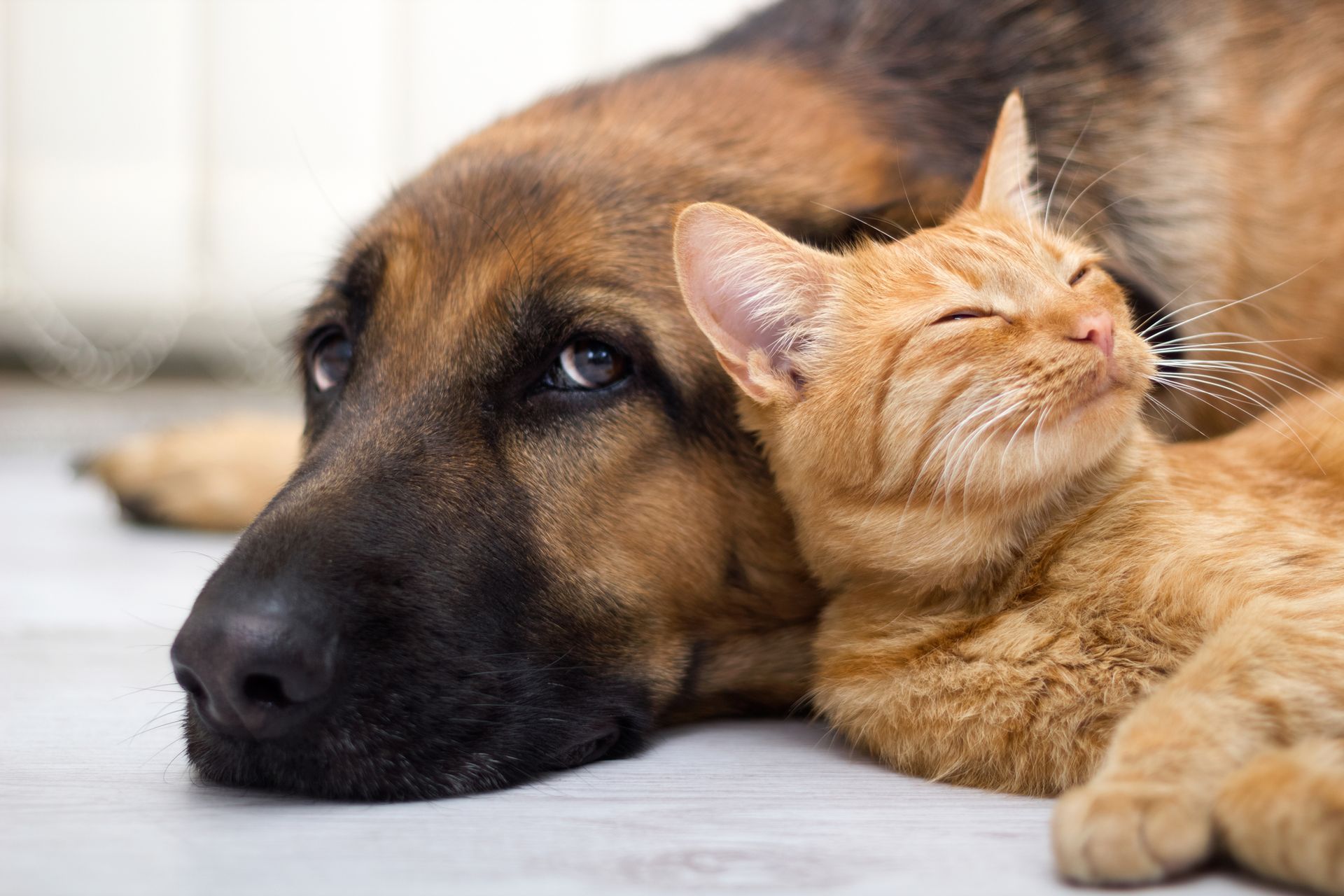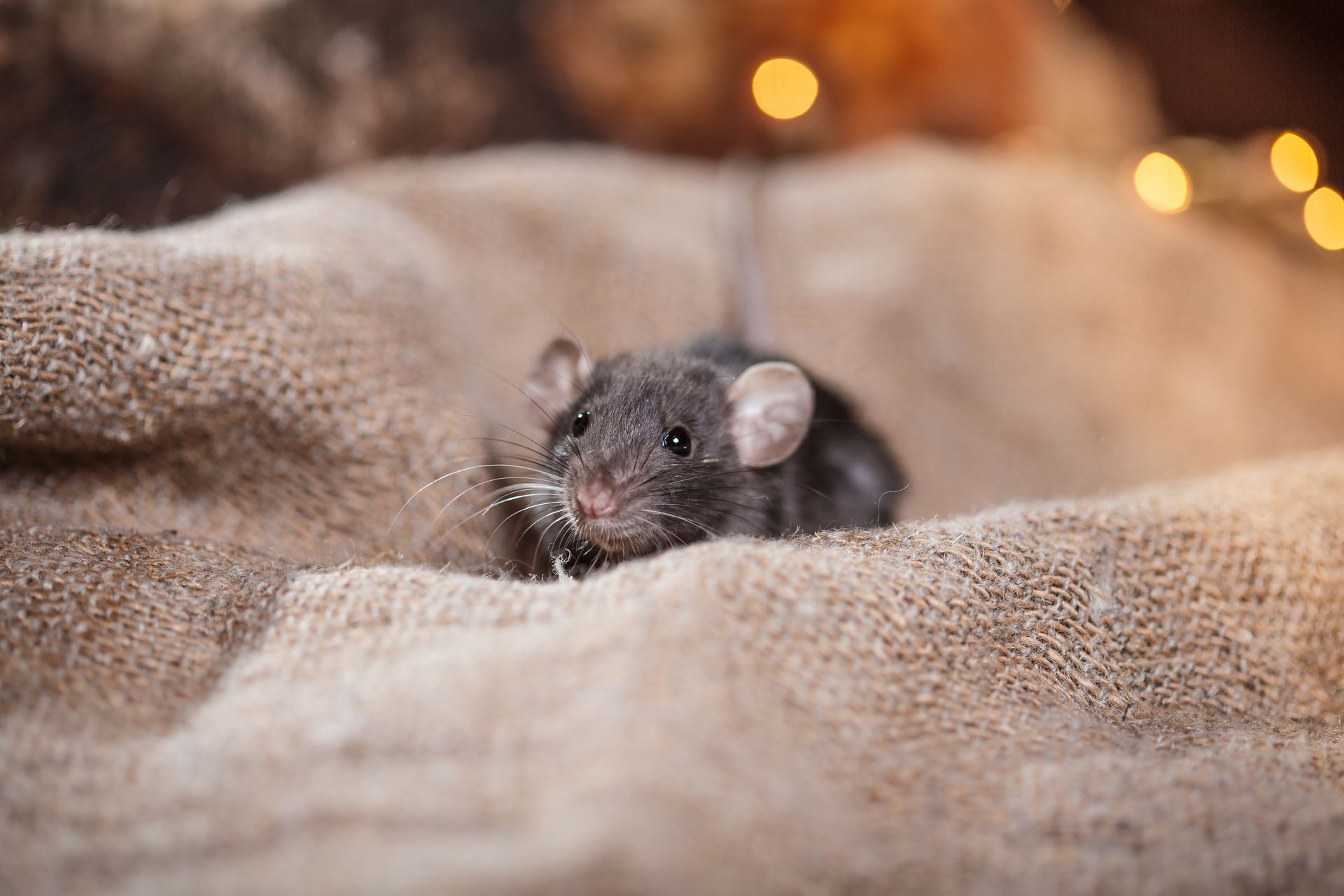How To Identify And Keep Rats Away From Your Home And Pets
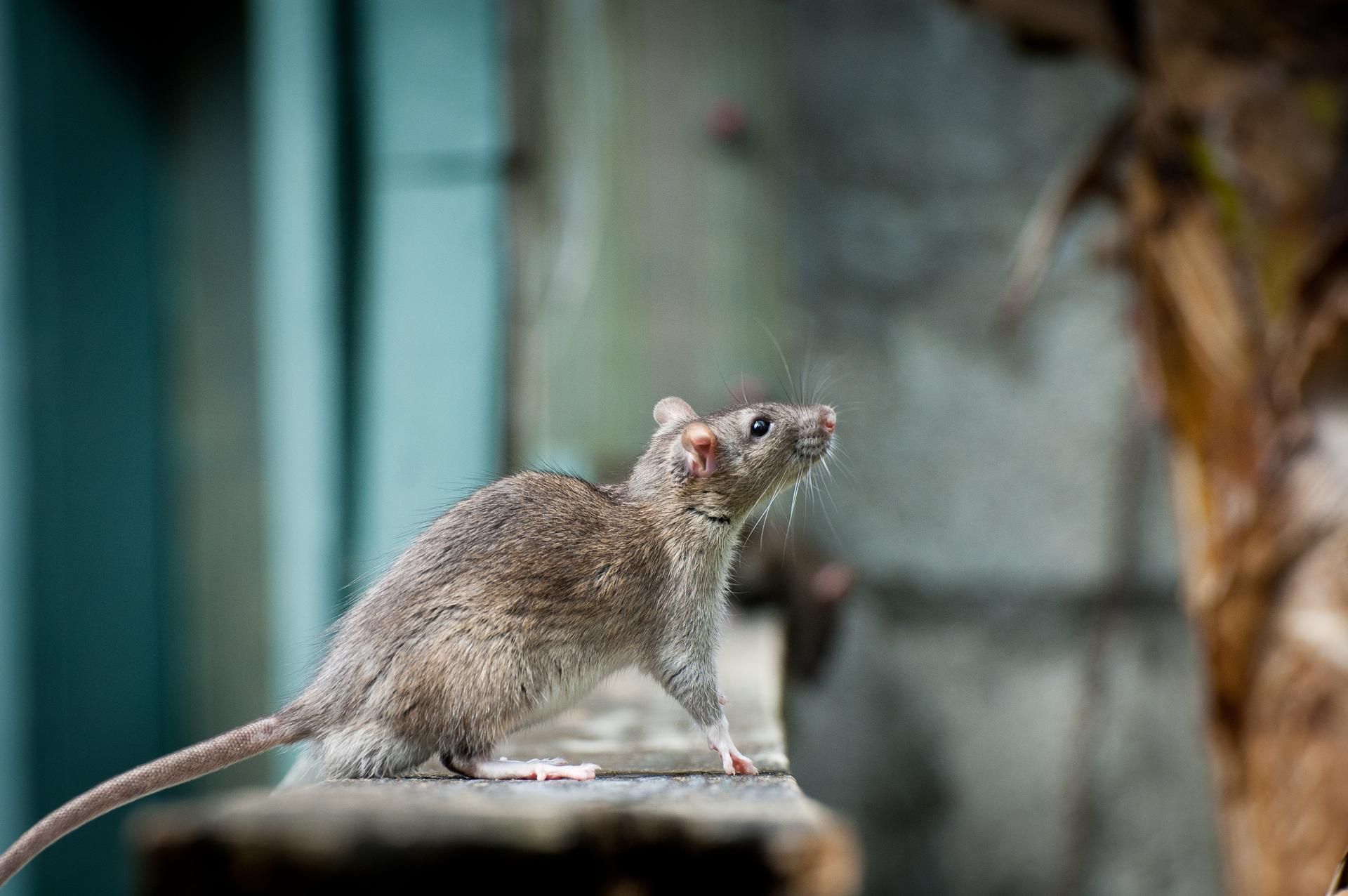
As pests, rats are among the most notorious. Commonly known for their sharp teeth, agile bodies, and love for nibbling on anything, these animals can be a nightmare for your family and pets. As a homeowner, the presence of rats in your property can pose health risks to your family, cause severe damage to your property, and create chaos with your pets. Here, we'll discuss how you can identify if you have rats in your home and how to keep these pests away, especially if you have other animals in and around your property.
How to Identify Rats in Your Home
The first step to keeping rats away from your property is to identify whether you have a rat infestation. Signs of rats in your home include:
- Foul smell: Rats urinate frequently, creating an unmistakable smell throughout your home.
- Scratching noises: Rats tend to scurry on walls or attics, causing scratching or chattering sounds.
- Bite marks: Rats gnaw on anything and leave marks on food packaging, wires, or furniture.
- Droppings: Rats excrete waste products in your home or yard. Look for droppings near pet food or along walls.
If you notice any of these signs, it's essential to investigate further and act quickly to prevent a massive rat infestation that can lead to expensive repairs and even health concerns for your family and pets.
Keeping Rats away from Your Home and Pets
Now that you have identified the signs of a rat infestation in your home, you must take the necessary steps to keep them away. Here are some tips to prevent rats from invading your home and keeping them away from your pets:
Sealing All Potential Entry Points
Rats can easily squeeze themselves through tiny openings or gaps in your home's foundation. Seal off entry points by covering all cracks, crevices, and holes in your foundation, attic, and walls. Your pest control specialist can recommend steel wool and other things you can use to help make your home more secure against crafty rats.
Secure Food Storage
Keep all food containers tightly closed and secure. Rats can smell food from long distances and can gnaw through packaging to access it. If you have storage bins with lids, that's a great place to start in keeping all food safe, including pet foods in garages and other areas.
Regular Cleaning and Sanitation
Rats are drawn to dirty, unsanitized environments. Regular cleaning and maintenance of food preparation areas and storage spaces are crucial. Any spills or crumbs should be cleaned up immediately to keep rats from feeling tempted to call your home their own.
Use Traps and Baits for Prevention and Control
Traps and baits can be a crucial component of rat prevention and control. Place traps and baits in areas where rats are commonly found, such as attics or near food containers. Always keep these out of reach of your pets.
Seek Professional Help
In severe cases, seeking professional help is essential to eliminate rats from your property. Professional pest control services have the necessary expertise and tools to eradicate rat infestations from your home, keeping your family safe. Let your pest control specialist know about any pets in and around your property so they can come up with a treatment plan that works best to keep everyone safe.
A rat infestation can be a nuisance for your family and pets, especially if you notice rats creating chaos on your property. By identifying the signs of a rat infestation, you can take the necessary steps to keep these pests away from your home. Implement the tips outlined above to prevent rats from infesting your home and keep your family and pets healthy and safe from the damage rats can cause. Call our team of pest removal specialists if you suspect you have rats in or around your home!

